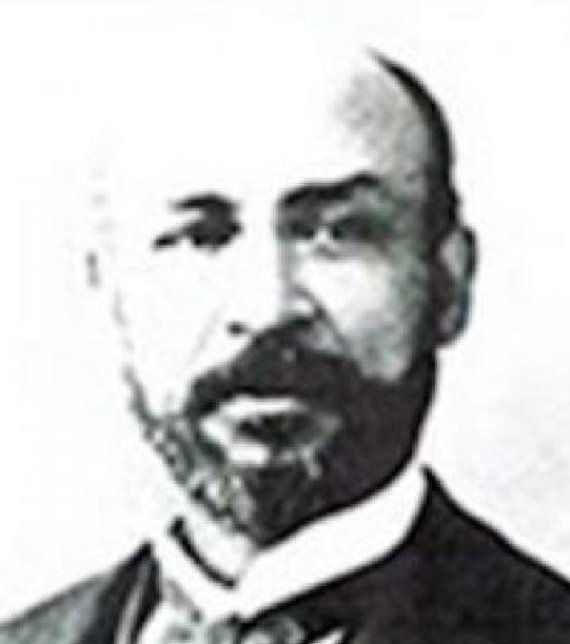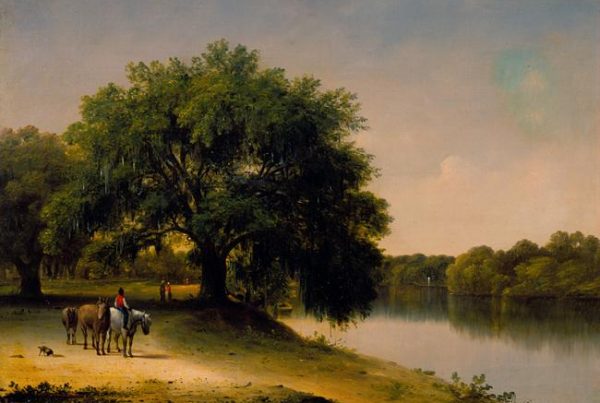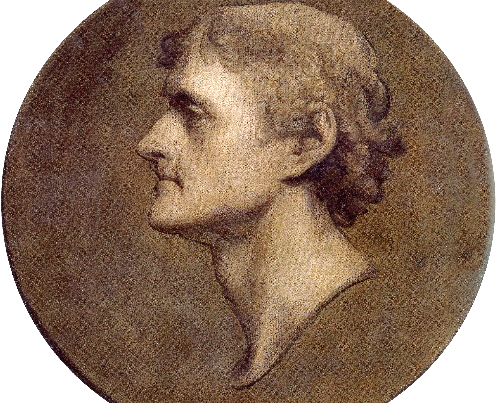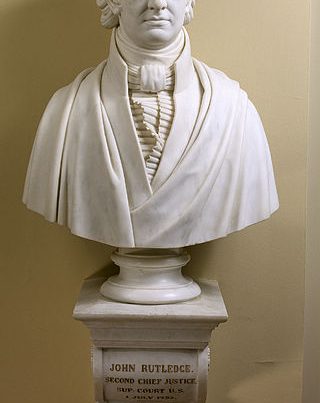
Today we are besieged with raucous cries on both America’s streets and its social media platforms, as well as by all too many in the halls of government, to bring to an end what is now termed “systemic racism.” To bring this amorphous demand about, we are led to believe that the systems that formed the very foundation upon which the nation was built must first be destroyed and then reshaped . . . much in the same manner as the South was “reconstructed” after 1865. Those who would call for such a radical and utterly senseless program either fail to grasp, or choose to ignore, the simple fact that the systems they wish to tear down are the very ones that have now allowed racism to be virtually overcome in America.
Countless examples of this may be seen today in every walk of American life, where members of the nation’s various ethnic minorities have risen to positions of fame and fortune in the arts, business, entertainment, government, media, military, professions and sports. Such a rise has, of course, been greatly facilitated by legislation and changes in public attitudes over the past half a century. On the other hand, it was certainly not an easy task for those who actually began their lives as African slaves over a century and a half ago, but many did manage to accomplish it even in that bygone age. Would that the mindless “woke” mob that now claims to still be victimized by slavery and screams for social justice and equality might take the time to study the achievements of such people as George Washington Carver, a former slave from Missouri who not only became the “Father of Chemurgy” through his discovery of hundreds of chemical and industrial uses for such agricultural products as peanuts and soy beans, but revolutionized American agriculture itself in the late Nineteenth and early Twentieth Centuries. Another such giant who rose from slavery in Virginia to become an advisor to six American presidents was the renowned author, educator and civil rights leader, Booker Taliaferro Washington. If people dug a bit further into the pages of black history, they would discover many other such Americans who shook off the mental and physical chains of slavery and rose to positions of prominence and respect in the face of adversity and the wide-spread discrimination of their time.
I discovered such a person when I was going to high school at Boston’s Public Latin School during World War Two. At that time, one of my favorite haunts was Norumbega Park in the nearby town of Newton, a lovely spot on the Charles River about an hour’s trolley ride from my home. The park, which opened in 1897, was named after the thirty-eight foot Norumbega Tower that had been erected just across the river in the town of Weston eight years earlier to mark the supposed location of Lief Erikson’s Eleventh Century Viking settlement of Vinland . . . eight hundred years before either Jamestown or Plymouth. In the 1940s, one of the park’s major attractions was the Totem Pole ballroom where most of the big bands and entertainers of the swing era came to perform. In 1905, however, the area on which the ballroom stood had been the Great Steel Theater, the largest entertainment structure in New England . . . a vast auditorium that presented a wide variety of entertainment, including vaudeville, musicals and plays, as well as “moving pictures” using Thomas Edison’s newly-developed Kinetoscope projectors. In the same area was one of the finest dining establishments in Massachusetts, the Pavilion Restaurant, which was managed by Joseph Lee, a former slave from South Carolina.
Lee was born on a plantation near Beaufort in 1849 and had spent his early slave years working in the bakery of the plantation’s kitchen. A few years after the War Between the States, Lee signed on as a steward with the Office of Coast Survey in Washington, D. C., one of America’s oldest scientific organizations which had been established in 1807 by President Thomas Jefferson, and served there for eleven years, mainly as a cook and baker. When Lee left that service in 1878, the office had by then become the United States Coast and Geodetic Survey which, in 1970, was made part of the National Oceanic and Atmospheric Administration. Lee had educated himself while in that service and armed with his additional culinary skills, he traveled further north to Boston and within a few years became a highly successful hotel and restaurant operator there, as well as the owner of the Lee Catering Company, a type of business that was then dominated by African-Americans, some of whom had also been former slaves. In the late 1890s, Lee became the owner of two popular restaurants in Boston, as well as two facilities outside the city. One was the Squantum Inn in Quincy just south of Boston and the other a prestigious resort in Auburndale, the Woodside Park Hotel, a large establishment on seven acres of wooded grounds next to the Charles River. The hotel offered many modern services for its day, including elevators, electric lighting, and central steam heating, as well as tennis courts, a billiard room and a bowling alley. Its real fame though was Lee’s superb cuisine which drew patrons from throughout the area.
Besides his entrepreneurial ability, Lee’s personal passion was the art of baking, particularly bread making, which dated back to his slave days in South Carolina. Up until the Nineteenth Century, the kneading of bread dough was all performed by hand, and it took a high degree of skill on the part of the baker to obtain the correct consistency to make a superior loaf of bread. Lee, however, thought the process could be done just as expertly by a machine, and set about to invent one. Lee’s revolutionary device, which was patented in 1902, could not only more efficiently and hygienically mix the ingredients and knead the dough, but it could produce as much perfect bread dough as half a dozen skilled bakers . . . thus boosting production and reducing cost. Lee soon sold the rights for his machine to the newly formed National Bread Company of New England, the first mass producer of bread in America, and was a major stockholder in that company until his death in June of 1908. The process which Lee invented over a century ago is still the basic one used in all of today’s bread making machinery.
Lee, however, was no stranger to invention. During his years in the catering business he had become quite interested in reducing food waste, particularly the large amount of unused bread that was thrown away daily. In those days, cracker crumbs were generally used as a coating in food preparation, but Lee thought that bread crumbs would not only be more absorbent but far tastier and set about devising a machine to efficiently turn stale bread into usable bread crumbs. In June of 1895, Lee was awarded a patent for such a machine and it was manufactured by the Goodell Company in Antrim, New Hampshire, a firm that also turned out a variety of such food devices as apple peelers and cherry pitters. A few years later Lee sold the rights for his bread crumbler to the Royal Worcester Bread Crumb Company in Boston where the machines were mass produced and marketed to hotels and restaurants throughout the country. Like Lee’s later bread making machine, his process for crumbling stale bread into breadcrumbs is basically the same one that is still used to this day throughout the world.
Joseph Lee saw his machines come into wide use during his lifetime and while he gained a great deal of fame and fortune from them at that time, it was not until 2019 that the National Inventors Hall of Fame in Alexandria, Virginia, finally honored Lee for his outstanding contributions to the food industry. The organization voted in May of that year to recognize Lee for his, as the Hall of Fame stated, “great technological advances that make human, social and economic progress possible.” So, the next time you buy a loaf of bread or a box of breadcrumbs at your local supermarket, remember that a former slave from South Carolina made it all possible well over a century ago. Might we also hope that those who now take to the streets and social media with their cries of protest against an America that, in their misguided way of thinking, remains a nation of “systemic racism,” and who claim that they are still the victims of slavery, might take just a moment to reflect on Americans such as Joseph Lee who rose from true slavery to become respected members of their communities. Let the “woke” mob also remember the countless number of individuals from both African-American and various other minority groups who have followed in their footsteps over the years . . . people who have done so by taking advantage of the equal rights and opportunities offered by the very “systems” the mindless mob now wishes to destroy.






